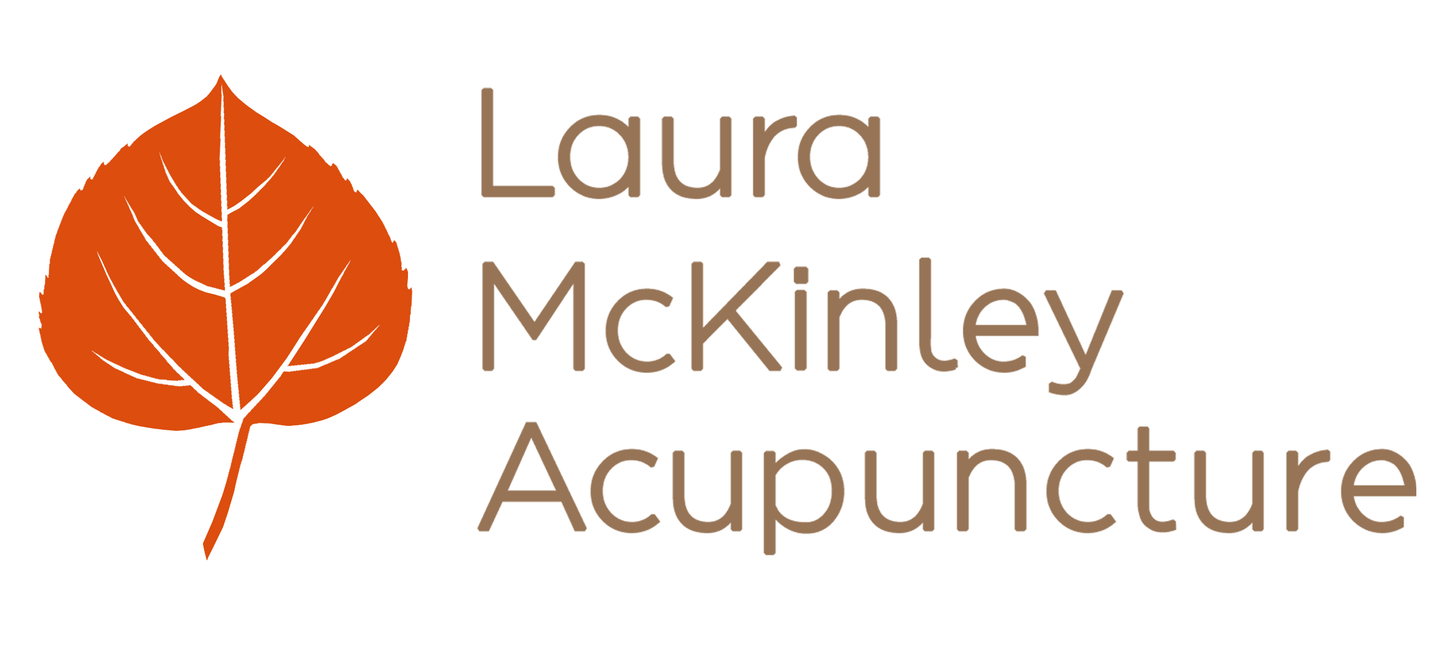Laura Reads Labels, Part 1: The Basics
/You’ve probably heard me say it before: “Read your labels. If you can’t pronounce something on there, or the list is daunting just to look at, pass on the purchase.”
Reading labels aloud is a simple trick to minimize your exposure to highly processed foods. In fact, label-less foods like fresh produce, grass-fed meats, free-range poultry, and wild-caught fish are our best sources of the varied, high-quality nutrients your body needs to build good qi, or energy. People have all sorts of opinions on processed foods and their effects (or lack thereof) on our health. Without diving into that debate, let’s start at building block # 1. If you are purchasing food with a label – do you really know how to read it?
Serving Size
- Manufacturers determine serving size. Nutrition guidelines do not influence serving size. If people do read labels, they often only look at the caloric and fat content. Some manufacturers will design labels with smaller serving sizes, making it appear that the food product in question has fewer calories and less fat. I encourage you to try an experiment at home. Measure out your portion sizes to match what is displayed on the label – is this how much you typically consume of the given food product?
Calories
- When you eat food, your body creates energy. Calories are how we measure this energy. The number calories you need each day depends on your own body, as well as your lifestyle. A good rule of thumb for an active adult is to consume 15 calories per pound of body weight, daily. The recommendation for inactive adults is a bit lower: 13 calories per pound of body weight, daily.
Calories from Fat
- To be honest, this part of the label doesn’t tell us much. Technically, it is the total number of calories which come from fat. But that doesn’t mean very much. What matters isn’t so much how much fat there is, but what kind of fat: saturated vs. unsaturated.
Daily Value
- This is a percentage reflecting how much of your daily diet should consist of a particular nutrient, according to the FDA.
Check out Laura Reads Labels, Part 2 for an exploration of fats and cholesterol in your diet, and read Part 3 to learn about sodium, carbohydrates, and protein.


